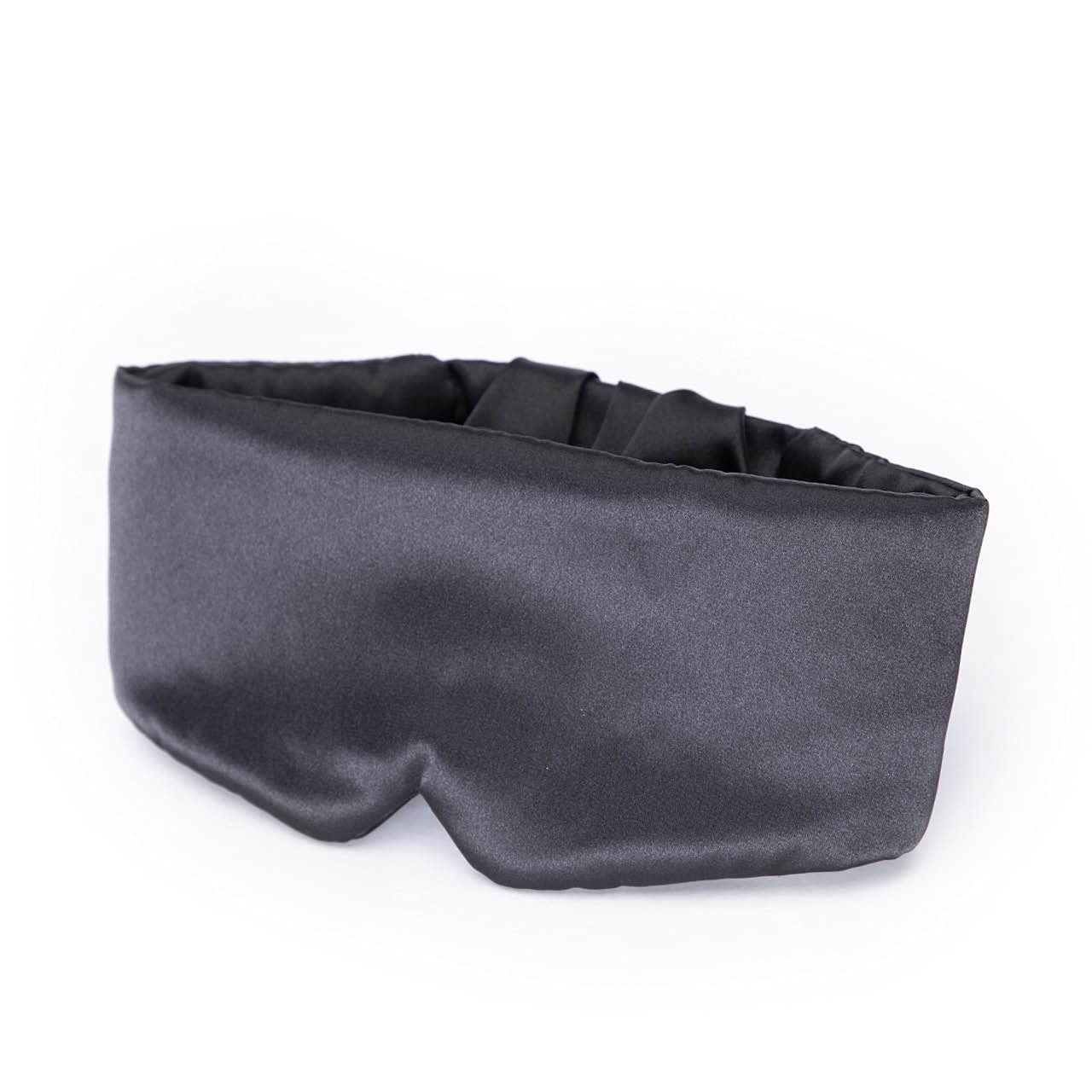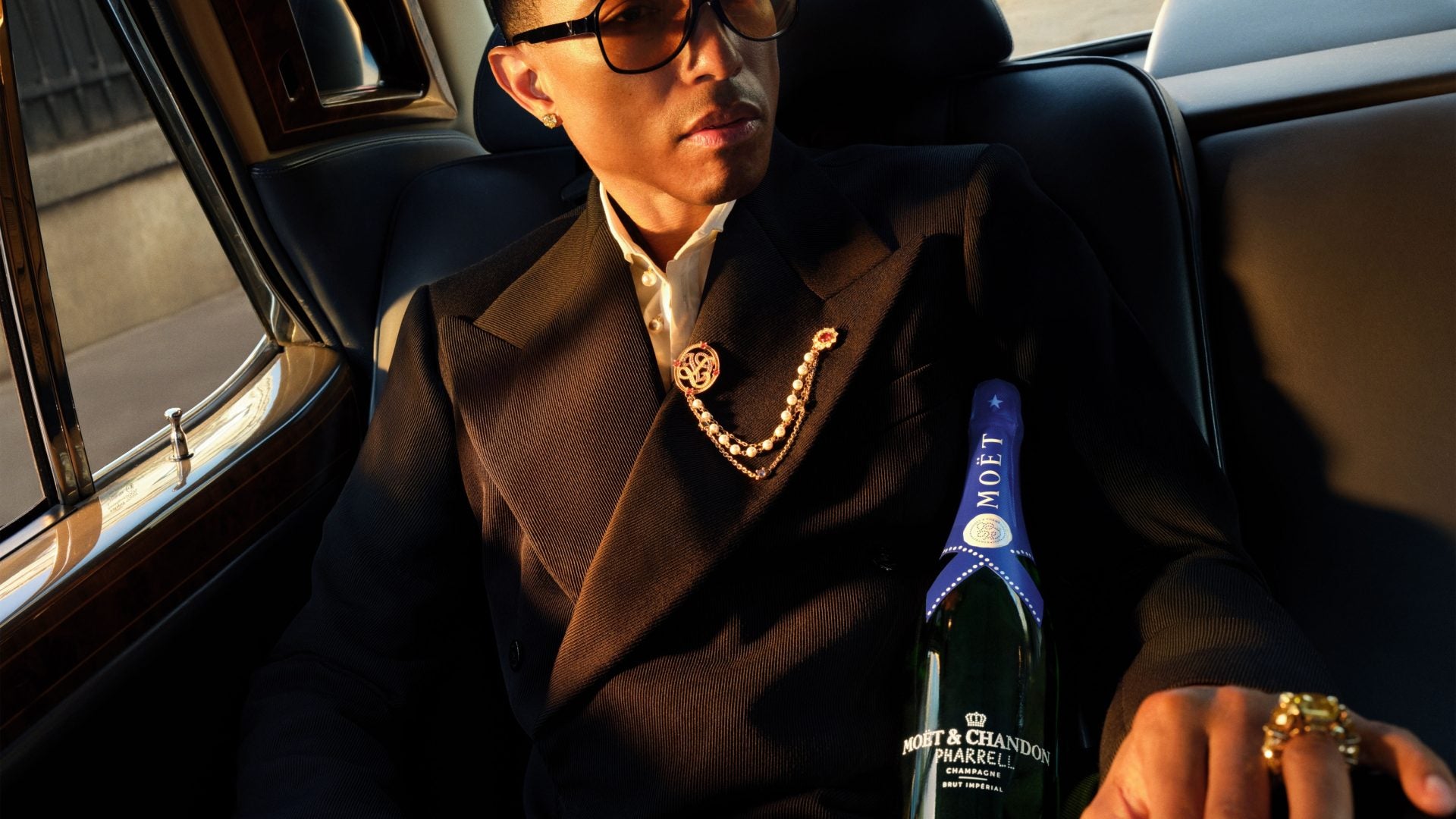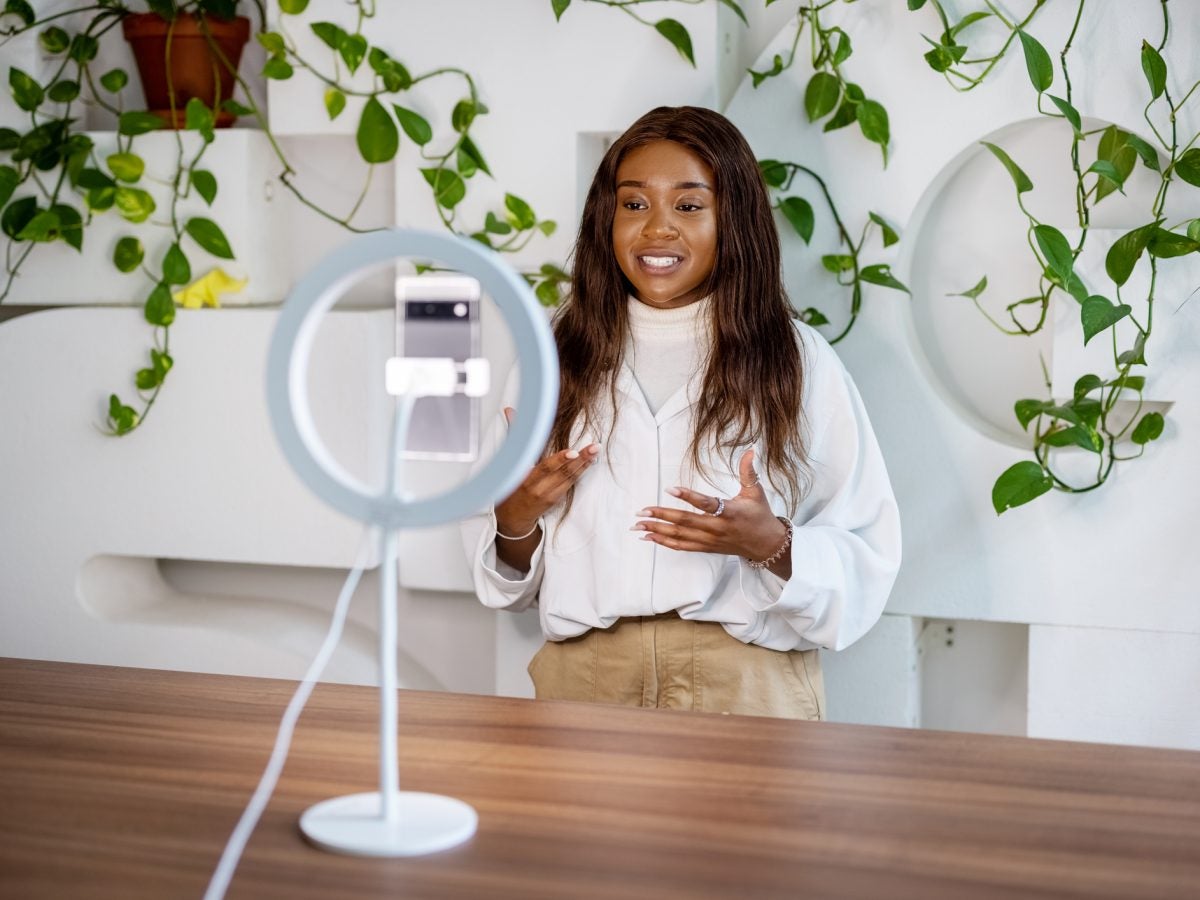
There’s nothing like opening your favorite app and seeing your e-homegirl sharing the latest and greatest item that’s changed her life. A new perfume she loves? Add to cart. The leggings that transformed her legs? Purchased. The rush of buying a new item recommended by a parasocial pal is euphoric, until it’s not. With rising living costs caused by erratic inflation rates, what once was casual influencer-induced retail therapy has forced many of us to face our new financial reality.
If this sounds familiar, you’re not alone.
Recent data shows that four out of 10 consumers have made a purchase after seeing it used or called out by an influencer. Another four out of 10 (39%) social media users have admitted that content creators have greatly influenced what they’ve bought in recent years.
This social media-driven impulse spending epidemic has spurned a new sect of content creators that is the antithesis of what we’ve come to know influencers for.
Defining deinfluencing
“Deinfluencing is an emerging social media trend that discourages consumers from buying certain products that the deinfluencer has found to be indulgent, ineffective or not worth the money,” Kris Ruby, a social media analyst and president of Ruby Media Group, told CNN last year.
Deinfluencer culture hinges on social media users sharing information about items that are overpriced, of questionable quality, produced unsustainably or unethically, and are just plainly unnecessary to have.
Users like _aliyahnicoleb are speaking directly to their audiences about what not to buy and why, and many onlookers seem to appreciate the brutal honesty.
“Overconsumption is not in my plans, bookie,” a caption of one of her videos reads.
Some content creators have shared that their motivation for deinfluencing is driven by massive waste encouraged by large PR and marketing pushes that send free items to influencers for them to use, which they often don’t. Other deinfluencers were motivated by a deeper crisis of conscience.
Tashira Halyard, an attorney, equity consultant and fashion content creator regularly shares her ‘No Buy Lists’ with her audience which are usually posted at times most people spend the money: during the holidays and at the start of a new season. In past videos, Halyard has shared she most wants to use her platform to influence people to live their best lives, and not go into debt while doing that.
“You’ve just got to know yourself at a big age,” she shares candidly in a recent video on her YouTube channel.
“I have to put certain things in place—boundaries, guardrails, to protect myself and my bank account. And if you also have a similar compulsion to living the soft life, to spending exorbitant amounts of money, because that’s the life we should live, let’s be honest, okay? I was born to live the lifestyle that I cannot yet afford. And so if you are similar, then I definitely recommend you create your own no buy list for the year.”
Like Halyard, other creators have recognized the value in discouraging frivolous spending, and have leaned into anti-consumerist content-making, as evidenced by the more than 27.5k times the hashtag #deinfluencing has been used on TikTok.
What does the rise of deinfluencing mean for the future of brand marketing?
The State of Influencer Marketing 2023: Benchmark Report showed that influencer marketing had grown into a $21.1 billion industry. More than 75% of brands have budgets earmarked specifically for influencer marketing alone, including Coca Cola’s and Dior as the Harvard Business Review points out. This year, the market is estimated to reach a record $24 billion.
What’s more, 92% of brands plan increase their influencer marketing budgets or expand the role influencers will play in their marketing plans for 2024, a recent study from LTK and Northwestern University Retail Analytics Council found.
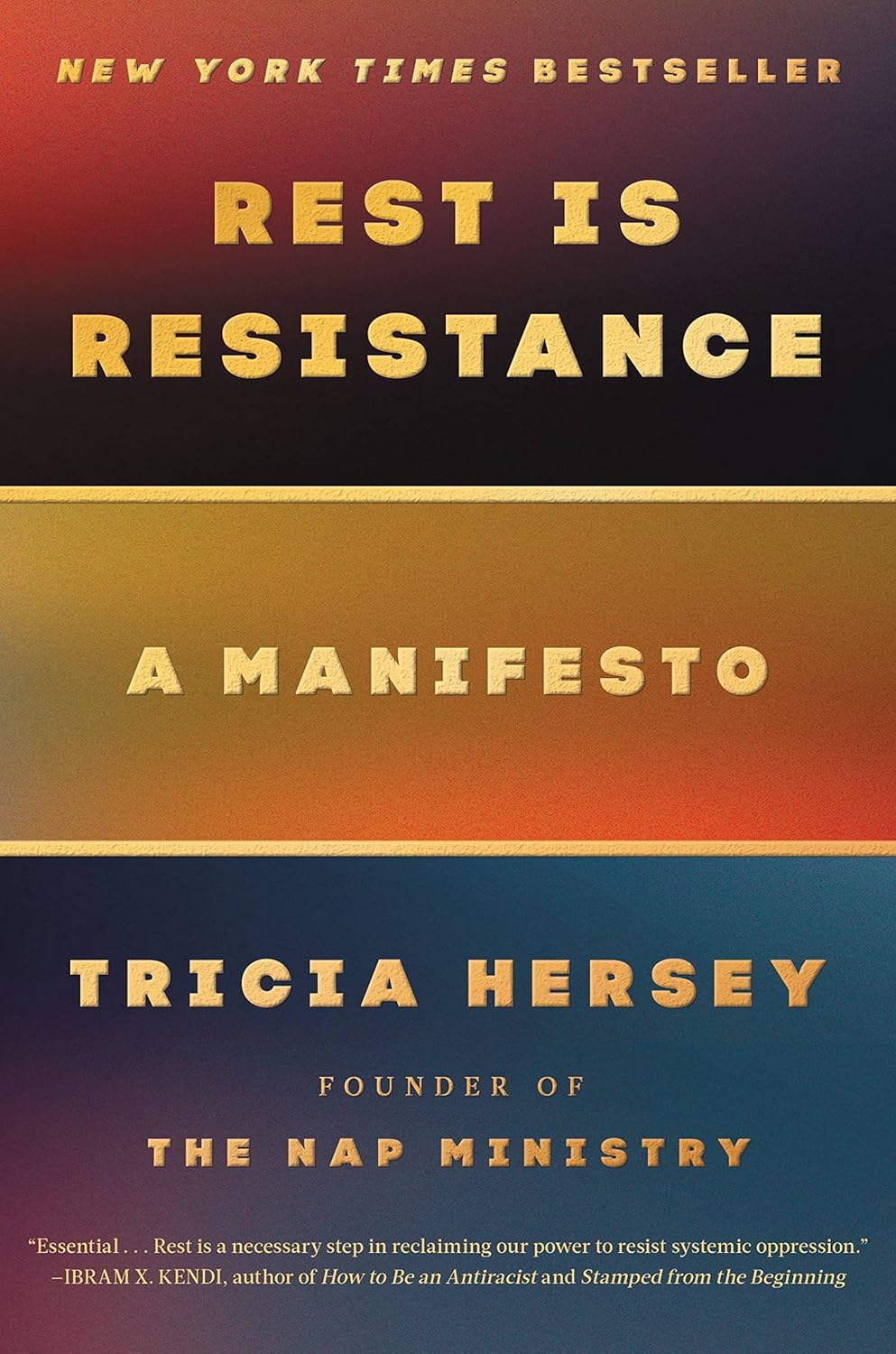
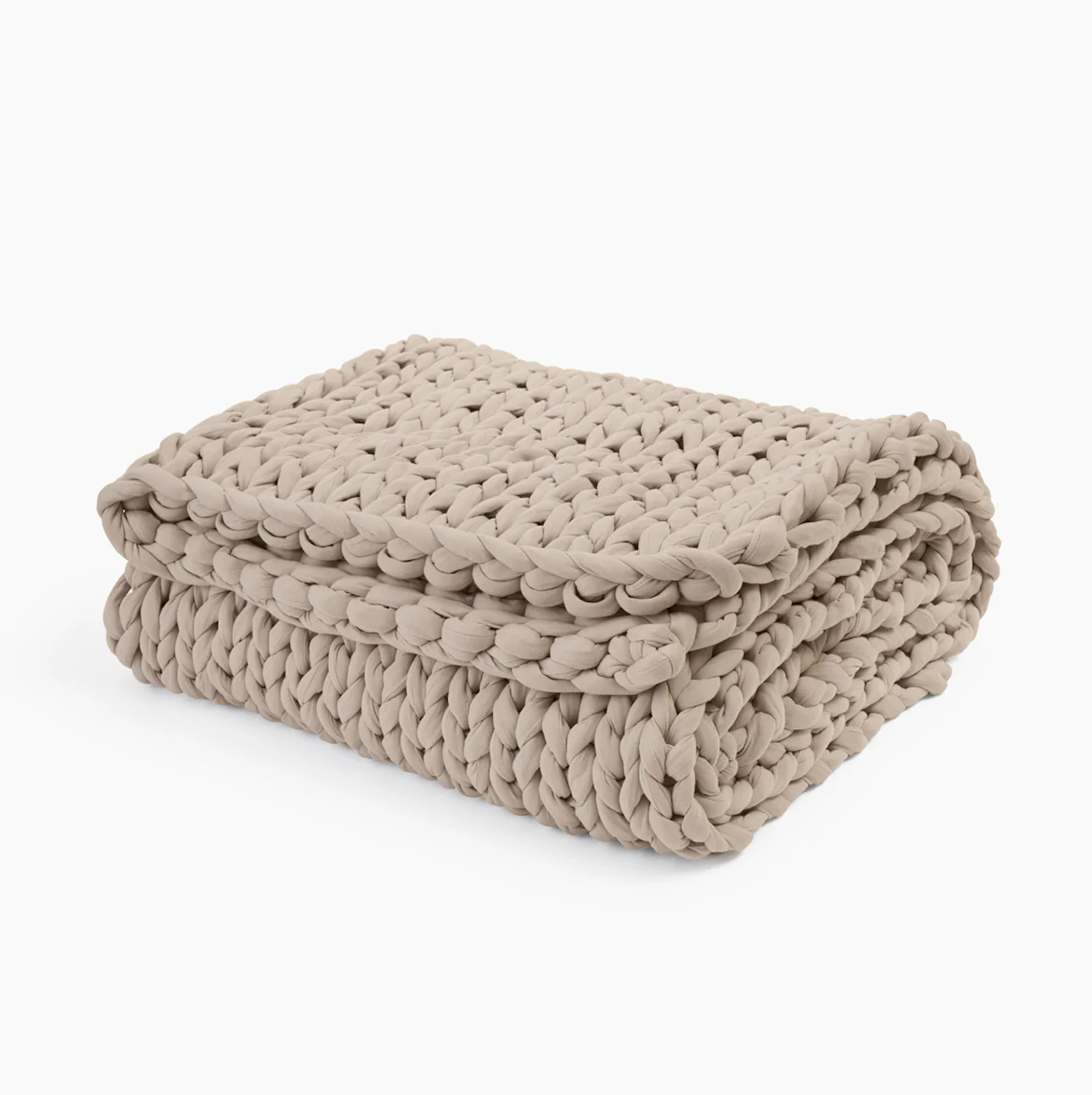
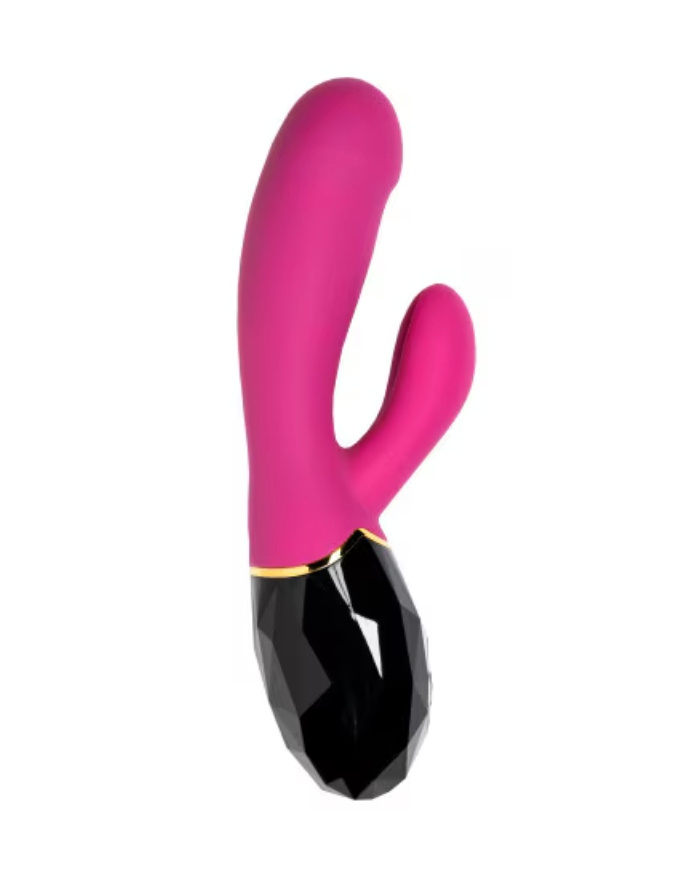
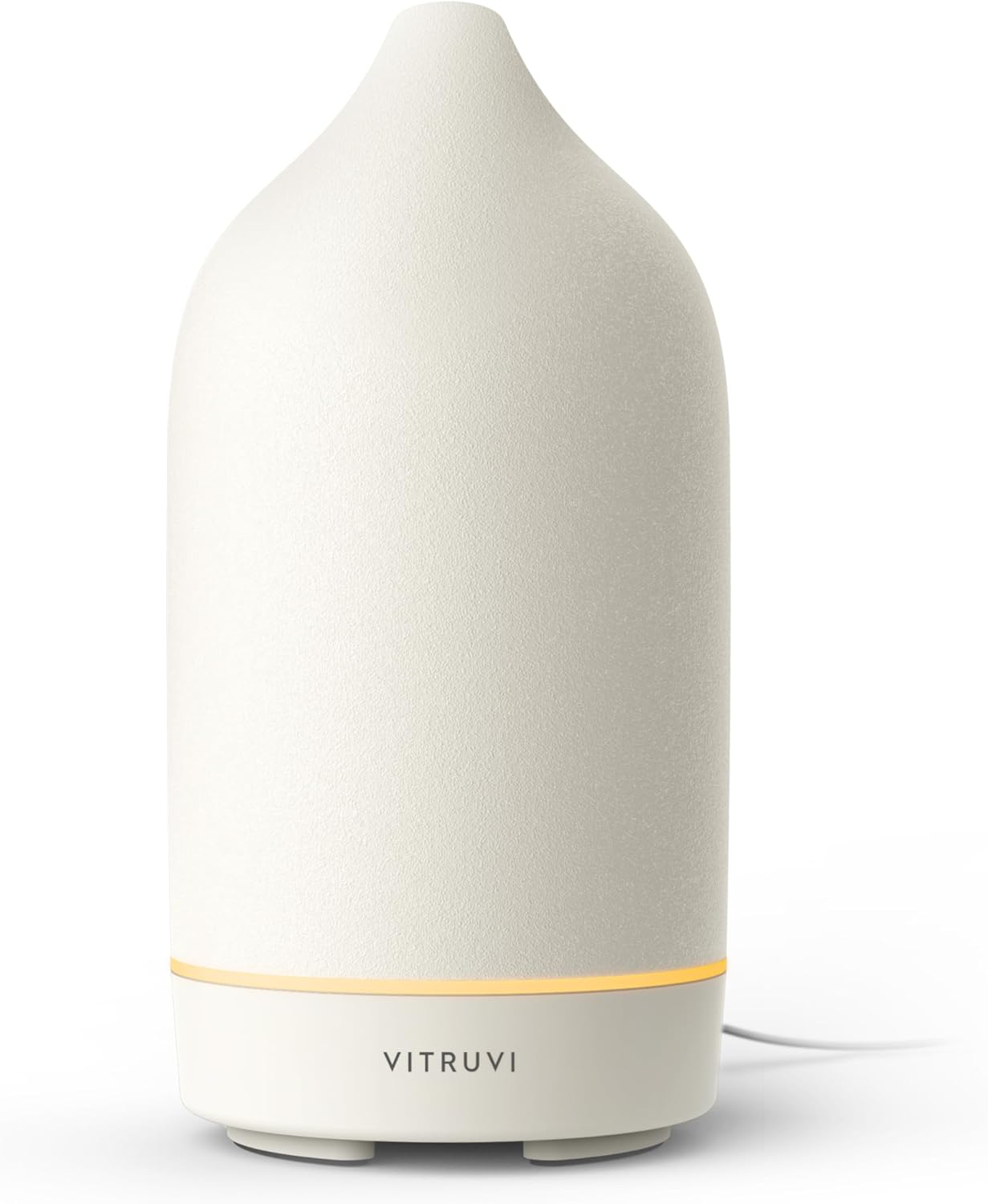
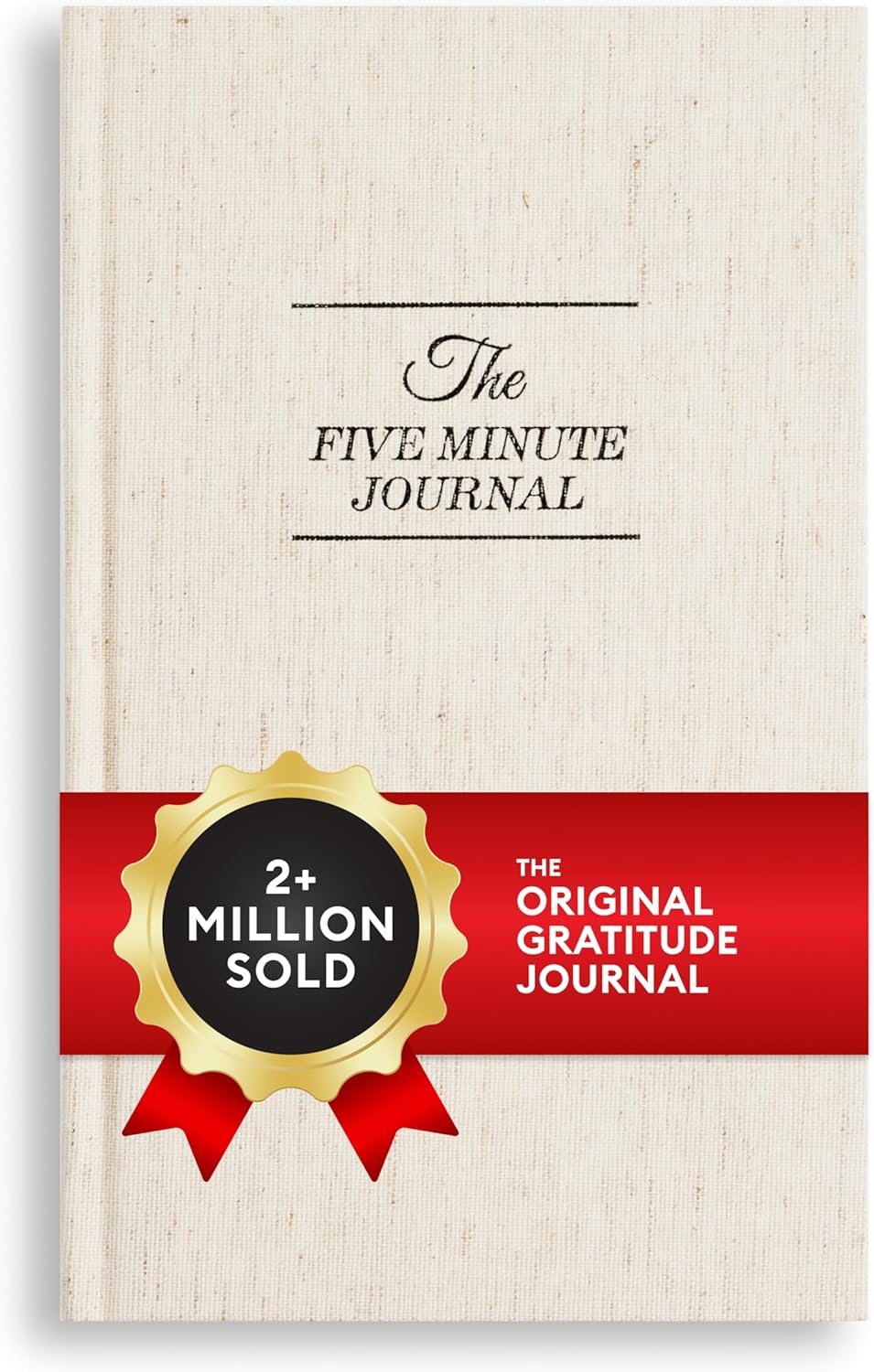
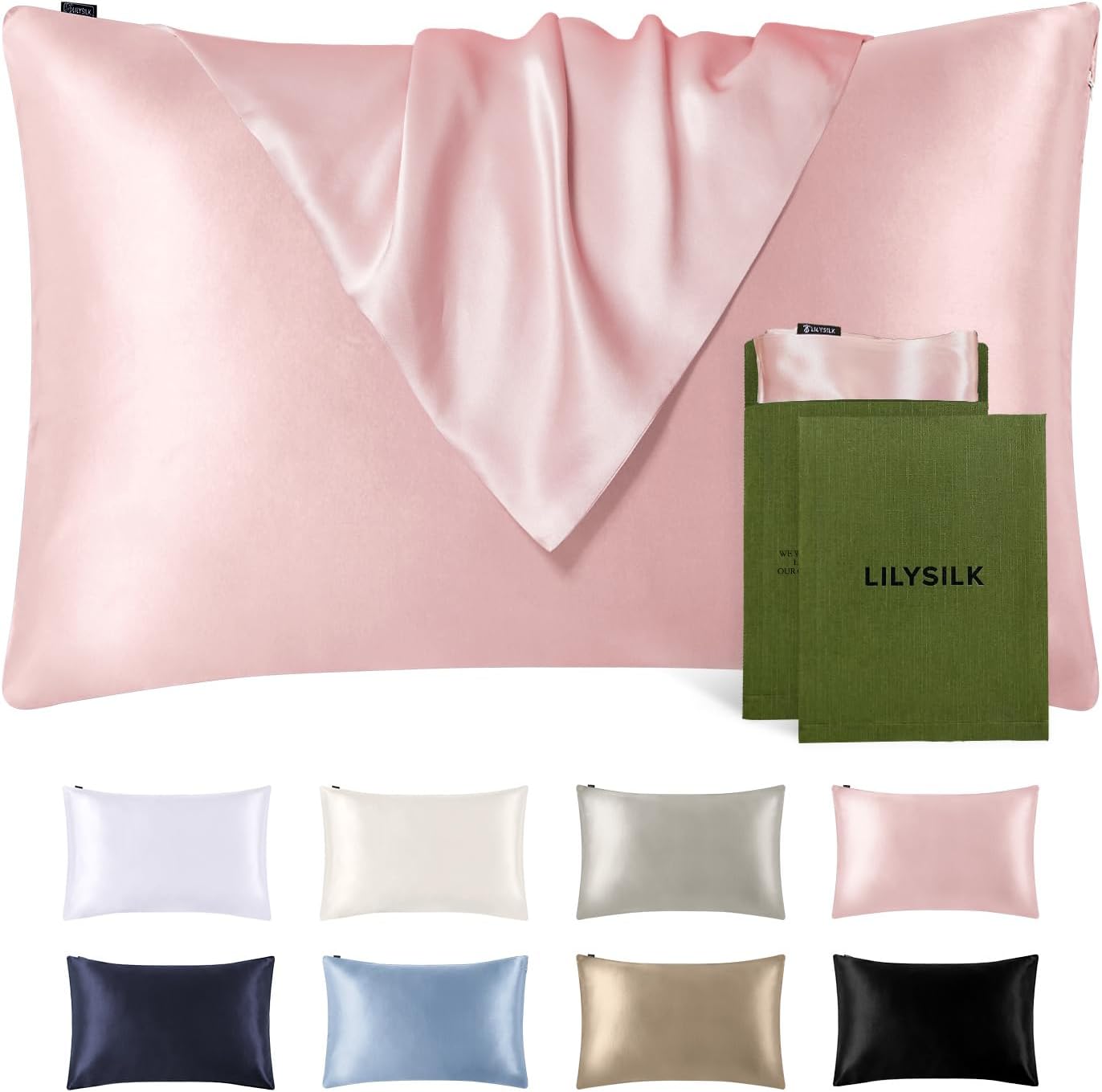

So it’s safe to say that brands are still doubling down on influencer marketing, but it’s likely that the deinfluencer movement will shift the way we engage with influencers as we know it.
“Deinfluencing adds transparency to marketing efforts because it discloses partnerships with influencers,” Mail Chimp writes in a recent blog post. “By being more open and honest about sponsored content, brands can demonstrate their values and ethics and attract consumers who share similar beliefs or interests.”
Overall, the rise of deinfluencing underscores the evolution of consumership. We’re smarter, more conscious, more ethical and more connected now than ever. Now is the time for brands to rise to the occasion.
